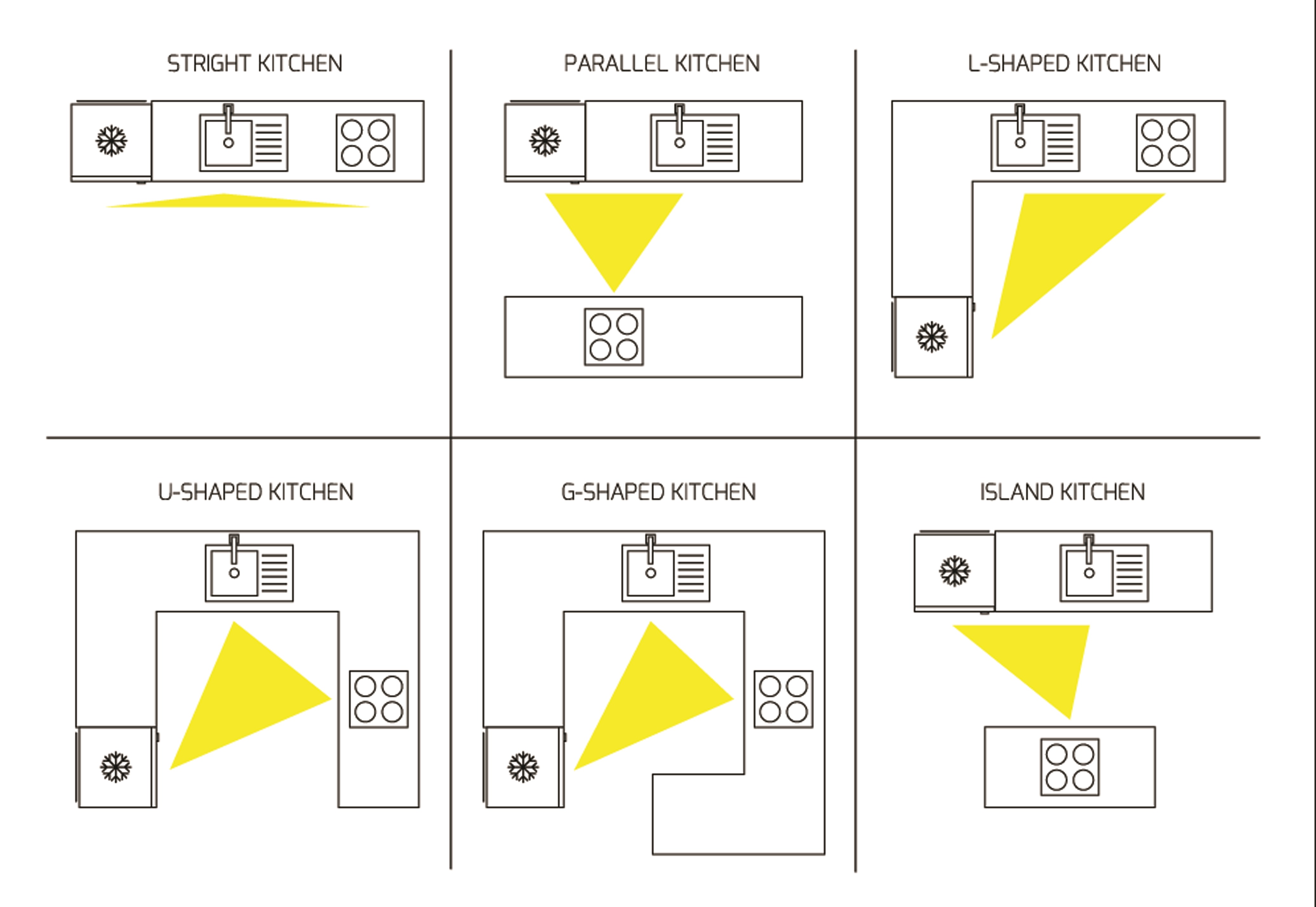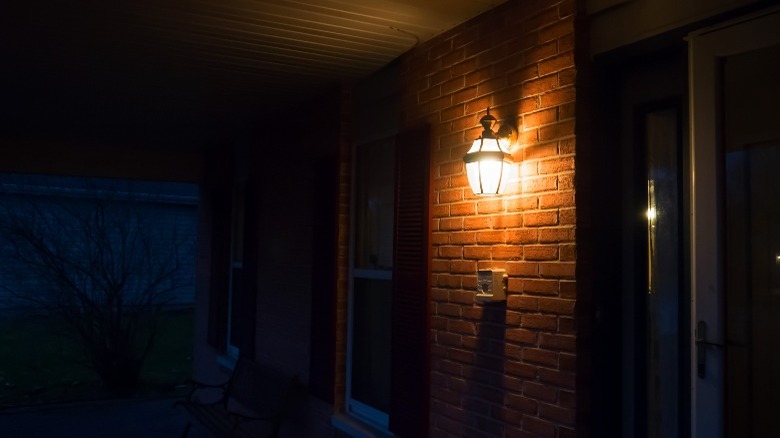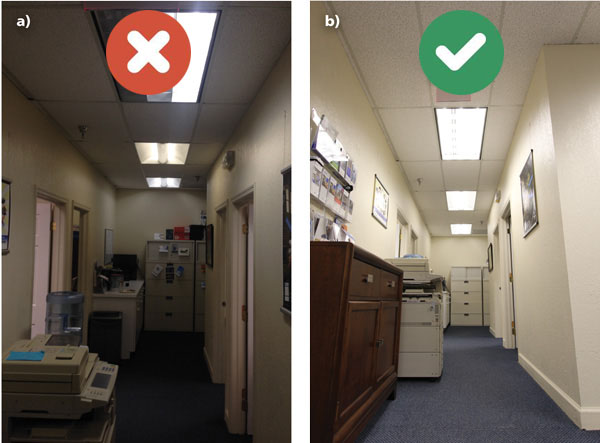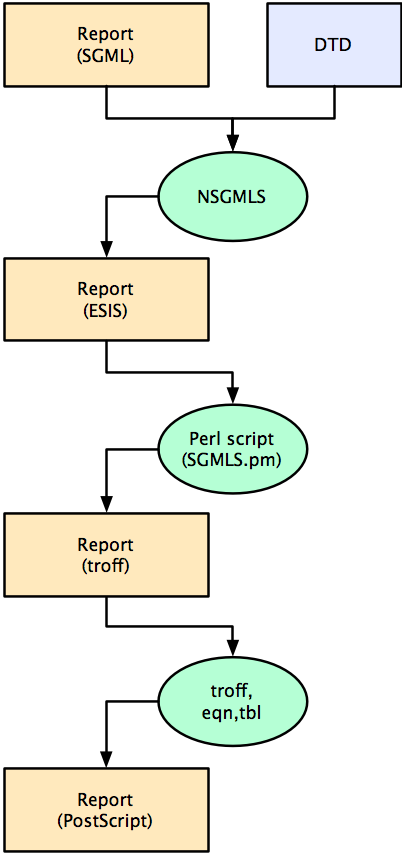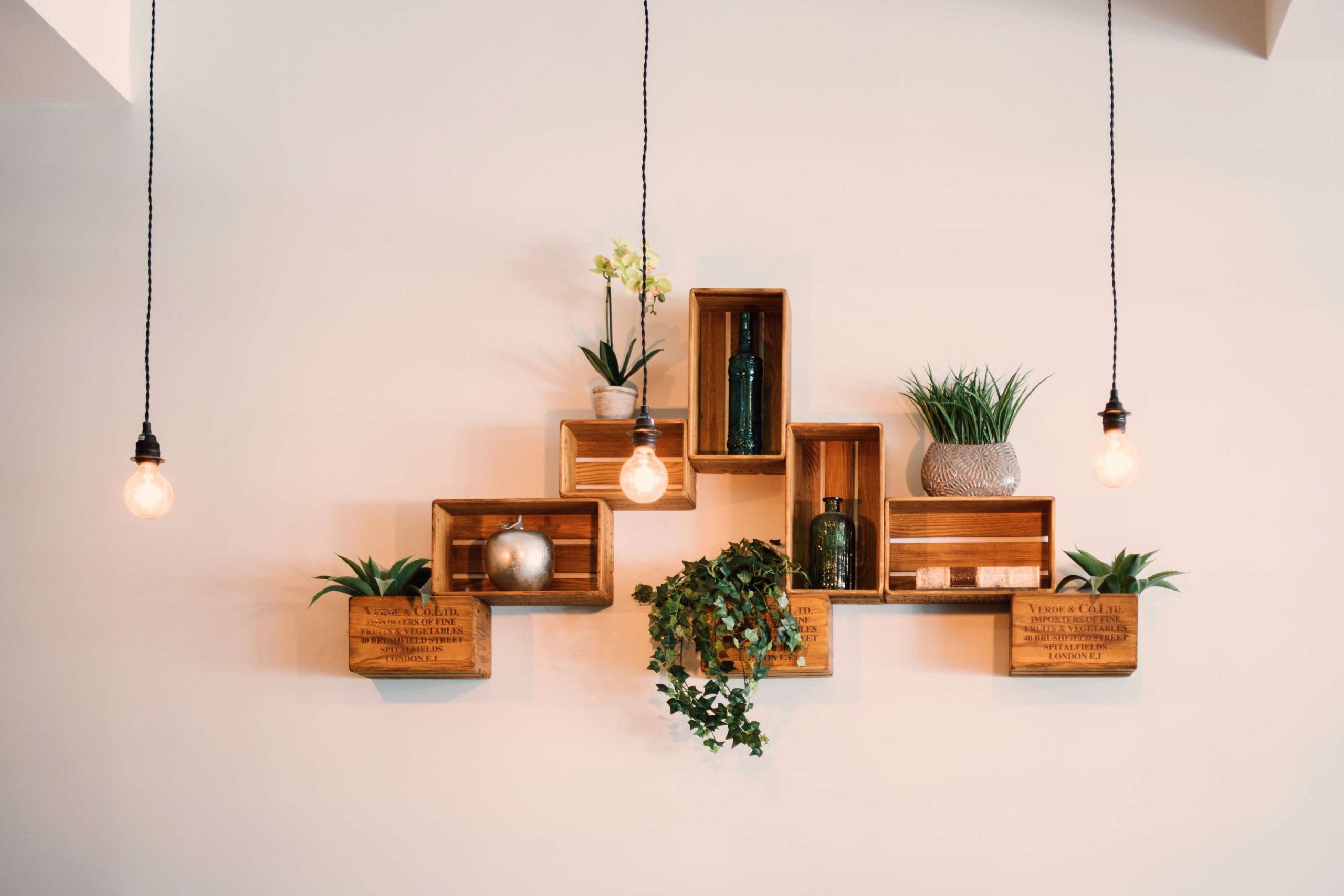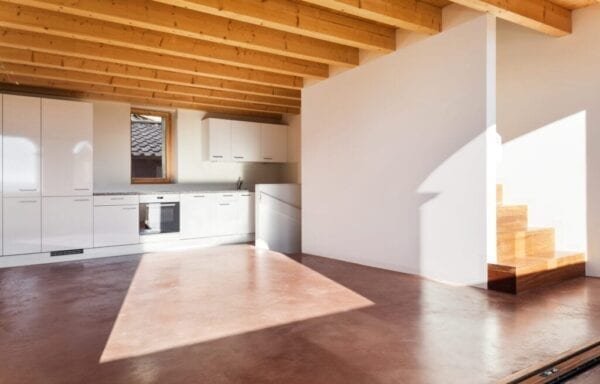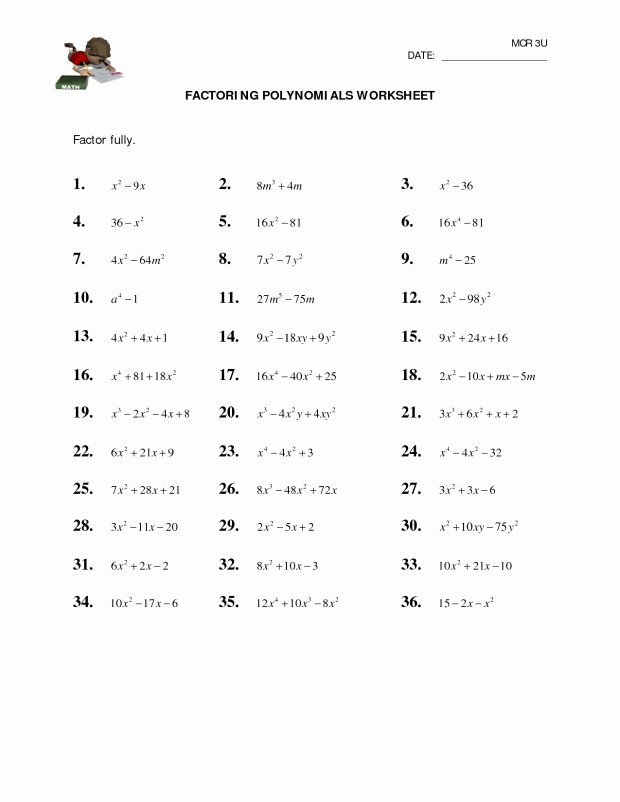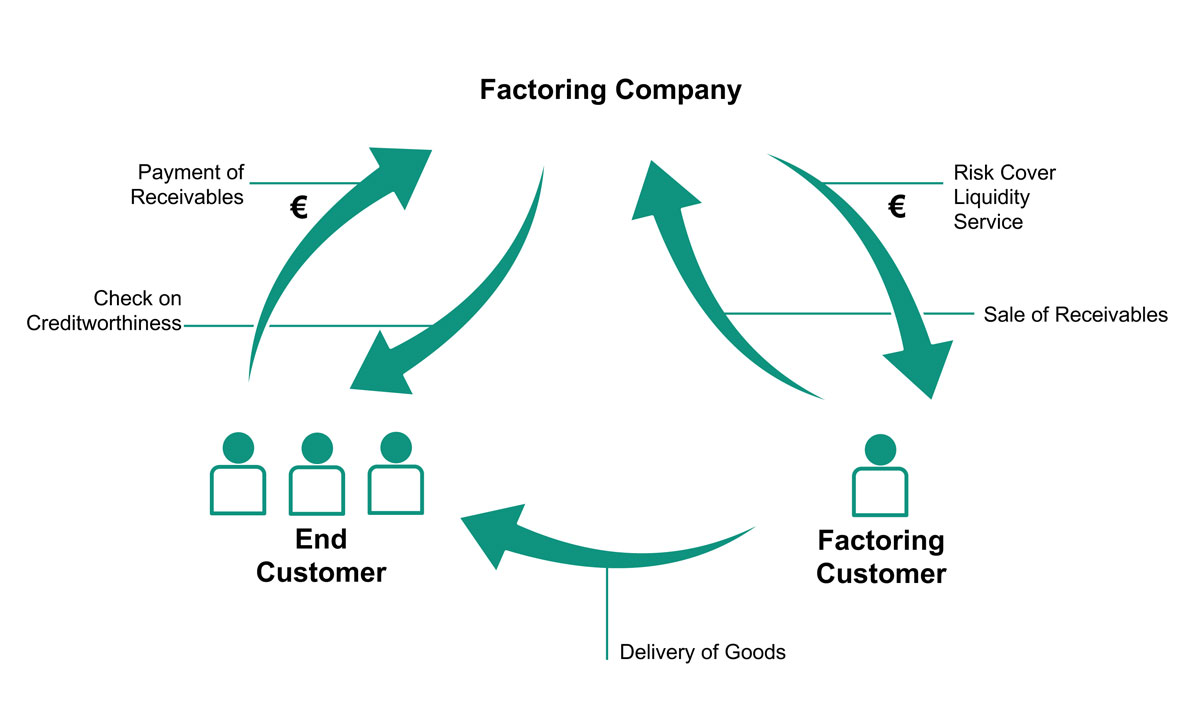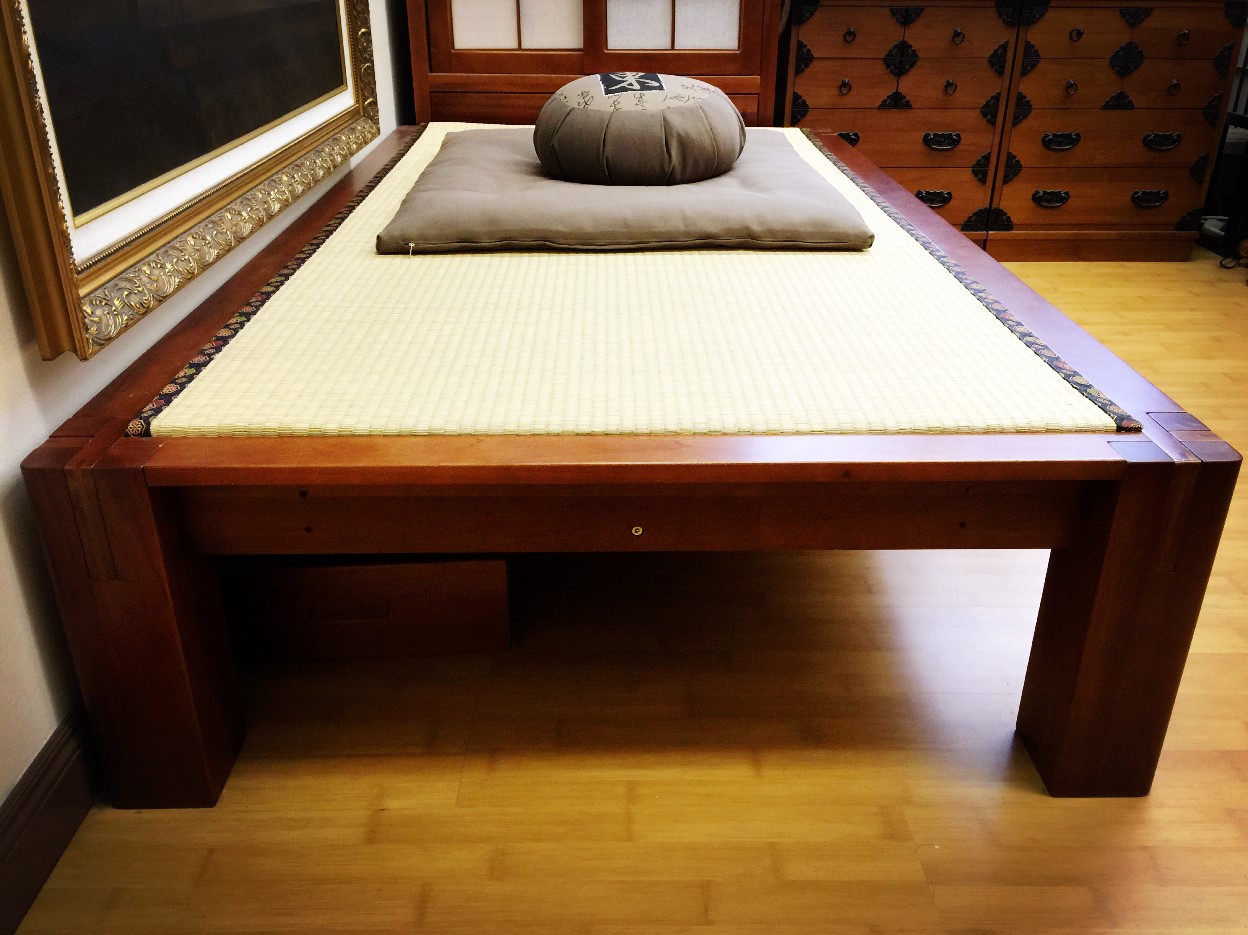One of the most common mistakes in kitchen design is not taking into account the work triangle. The "work triangle" refers to the placement of the three main work areas in a kitchen - the stove, sink, and refrigerator. These three areas should be placed in a triangular formation, with each side measuring between 4 and 9 feet. This allows for efficient movement and workflow in the kitchen. However, many homeowners overlook this important aspect of kitchen design and end up with a cramped and inefficient space. Featured keyword: work triangleNot considering the work triangle
Another major mistake in kitchen design is not having enough counter space. Countertops are essential for food preparation, storage, and serving space. Without enough counter space, cooking and entertaining become difficult and frustrating. It's important to consider how much counter space you will need for your specific cooking and lifestyle needs when planning your kitchen layout. Featured keyword: counter spaceNot enough counter space
Storage is another crucial aspect of kitchen design that is often overlooked. Without enough storage space, your kitchen can quickly become cluttered and disorganized. When planning your kitchen, be sure to consider your storage needs for food, cookware, small appliances, and other kitchen items. Utilizing vertical space, such as cabinets that go up to the ceiling, can help maximize storage in a smaller kitchen. Featured keyword: storageNot enough storage
The materials used in your kitchen design can greatly impact the overall look and functionality of the space. When choosing materials for your countertops, cabinets, and flooring, it's important to consider factors such as durability, maintenance, and aesthetic appeal. For example, while marble countertops may look beautiful, they may not be the best choice for a busy family kitchen. Researching and selecting the right materials can prevent costly mistakes and ensure a kitchen that meets your needs and style preferences. Featured keyword: materialsChoosing the wrong materials
Lighting is often an afterthought in kitchen design, but it plays a crucial role in creating a functional and inviting space. Adequate lighting is necessary for cooking, cleaning, and other tasks in the kitchen. It also helps set the mood and ambiance of the room. When planning your kitchen design, consider a combination of natural and artificial lighting to ensure your kitchen is well-lit and functional. Featured keyword: lightingNot enough lighting
Proper ventilation is essential in a kitchen, especially if you do a lot of cooking. Without adequate ventilation, steam, smoke, and odors can quickly build up, making the kitchen uncomfortable and smelly. In addition, poor ventilation can lead to the buildup of moisture, which can cause mold and mildew. When designing your kitchen, make sure to include a range hood or other type of ventilation system to keep your kitchen clean and healthy. Featured keyword: ventilationNot planning for enough ventilation
In addition to the work triangle, it's important to consider the overall workflow of your kitchen. This includes how you move through the space, where you store items, and how you use different areas for different tasks. A well-planned kitchen design will have a logical and efficient workflow, making cooking and cleaning easier and more enjoyable. Featured keyword: workflowNot considering the workflow
As mentioned earlier, utilizing vertical space can greatly increase storage in a kitchen. However, many homeowners overlook this aspect of kitchen design and end up with wasted space. Adding tall cabinets or shelves that go up to the ceiling can provide valuable storage for items that are not used frequently. This can also give the illusion of a larger and more open space. Featured keyword: vertical spaceNot maximizing vertical space
In today's modern kitchen, electrical outlets are essential for powering small appliances, charging devices, and using other electronic gadgets. However, many homeowners do not plan for enough outlets in their kitchen design. This can lead to unsightly extension cords and inconvenience when trying to use multiple devices at once. When designing your kitchen, make sure to include enough outlets in strategic locations for maximum functionality. Featured keyword: electrical outletsNot planning for enough electrical outlets
Finally, many homeowners make the mistake of not considering the size of their appliances when planning their kitchen design. This can lead to appliances that are too large or too small for the space, making the kitchen both inefficient and aesthetically unappealing. Before choosing appliances, be sure to measure the space and consider the size of the appliances in relation to the overall design of the kitchen. Featured keyword: appliancesNot factoring in the size of appliances
The Importance of Proper Lighting in Kitchen Design

Lighting Mistakes to Avoid
 When it comes to kitchen design, lighting is often overlooked or not given enough consideration. However, proper lighting can make or break the overall aesthetic and functionality of a kitchen. Many homeowners make the mistake of relying on one single source of light, such as a ceiling fixture, which can leave the kitchen feeling dim and uninviting. Others make the mistake of using harsh, bright lights that create a cold and unwelcoming atmosphere. These common lighting mistakes can greatly diminish the appeal and usability of a kitchen.
When it comes to kitchen design, lighting is often overlooked or not given enough consideration. However, proper lighting can make or break the overall aesthetic and functionality of a kitchen. Many homeowners make the mistake of relying on one single source of light, such as a ceiling fixture, which can leave the kitchen feeling dim and uninviting. Others make the mistake of using harsh, bright lights that create a cold and unwelcoming atmosphere. These common lighting mistakes can greatly diminish the appeal and usability of a kitchen.
The Impact of Proper Lighting
 Proper lighting not only enhances the look and feel of a kitchen, but it also plays a crucial role in its functionality. Adequate lighting makes it easier to perform tasks such as cooking, cleaning, and food prep, reducing the risk of accidents and increasing efficiency. Additionally, the right lighting can create a warm and inviting atmosphere, making the kitchen a more enjoyable place to spend time in.
Proper lighting not only enhances the look and feel of a kitchen, but it also plays a crucial role in its functionality. Adequate lighting makes it easier to perform tasks such as cooking, cleaning, and food prep, reducing the risk of accidents and increasing efficiency. Additionally, the right lighting can create a warm and inviting atmosphere, making the kitchen a more enjoyable place to spend time in.
How to Incorporate Proper Lighting in Kitchen Design
 One of the best ways to achieve proper lighting in a kitchen is to incorporate a layered lighting approach. This involves using a combination of ambient, task, and accent lighting to create a well-lit and balanced space. Ambient lighting, such as recessed or overhead fixtures, provides overall illumination for the kitchen. Task lighting, such as under-cabinet or pendant lights, helps to illuminate specific work areas where additional light is needed. And accent lighting, such as strip lights or wall sconces, can add a touch of ambiance and highlight design features in the kitchen.
Another important factor to consider when incorporating lighting into kitchen design is the type of light bulbs used.
Opt for energy-efficient bulbs that emit a warm, natural light, as opposed to harsh fluorescent bulbs. It's also important to
consider the placement of lighting fixtures, ensuring they are strategically placed to provide adequate lighting for all areas of the kitchen.
Additionally, incorporating dimmer switches can give you control over the intensity of the light and create a more inviting atmosphere.
In conclusion, proper lighting is a crucial aspect of kitchen design that should not be overlooked. By avoiding common lighting mistakes and incorporating a layered lighting approach, homeowners can create a well-lit and functional kitchen that is also aesthetically pleasing. So, when designing or renovating your kitchen, make sure to give proper lighting the attention it deserves.
One of the best ways to achieve proper lighting in a kitchen is to incorporate a layered lighting approach. This involves using a combination of ambient, task, and accent lighting to create a well-lit and balanced space. Ambient lighting, such as recessed or overhead fixtures, provides overall illumination for the kitchen. Task lighting, such as under-cabinet or pendant lights, helps to illuminate specific work areas where additional light is needed. And accent lighting, such as strip lights or wall sconces, can add a touch of ambiance and highlight design features in the kitchen.
Another important factor to consider when incorporating lighting into kitchen design is the type of light bulbs used.
Opt for energy-efficient bulbs that emit a warm, natural light, as opposed to harsh fluorescent bulbs. It's also important to
consider the placement of lighting fixtures, ensuring they are strategically placed to provide adequate lighting for all areas of the kitchen.
Additionally, incorporating dimmer switches can give you control over the intensity of the light and create a more inviting atmosphere.
In conclusion, proper lighting is a crucial aspect of kitchen design that should not be overlooked. By avoiding common lighting mistakes and incorporating a layered lighting approach, homeowners can create a well-lit and functional kitchen that is also aesthetically pleasing. So, when designing or renovating your kitchen, make sure to give proper lighting the attention it deserves.



